Natural skincare ≠ sustainable skincare. The term sustainable skincare refers to the ways of planning, producing, distributing and consuming skincare in an eco-friendly way. Sustainable skincare is not only about long term effects on the environment, but also about the people involved in the process. Does it foster growth in the community and area where the product is produced? As the world is slowly thriving to be sustainable to create a better world for the next generation, it is also important for us as a consumer to be involved in this conscious effort. Find out how you can opt for the most sustainable skincare.
Choose Sustainable Packaging
What do you do with empty skincare packaging? Getting to the end of a skincare product feels rewarding, but a lot of containers are made of materials that can’t be easily recycled. The best way to avoid this dilemma is to do a little research on the packaging of the products you want to buy. Slowly shift your choices to a recyclable or refillable packaging.
While a lot of external packaging of skincare is made of paper or cardboard, the actual component itself is often made of plastic or glass. But within those categories are a lot of choices, and more alternatives are appearing on the market. Here’s what to take into consideration when looking for your next purchase on Picky:
Plastic
Not all plastic is recyclable. In addition, recyclable plastics only have a life cycle of 2-3 products before they cannot be reused. Thankfully, all plastic is labeled with a number from 1-7 which is called the Resin Identification Code. This code tells you what type of plastic your packaging is made from and makes it easy to check with your city’s recycling scheme to see what they accept.
Types of Plastic commonly found in skincare packaging:
1 (PET): This is the most widely recyclable plastic type. It used for most clear plastic bottles and jars.
2 (HDPE): Likewise, type 2 is often recycled and is a stiffer plastic commonly used to make colored plastic containers – so very often used in skincare!
4 (LDPE): Type 4 is a more flexible plastic used to make squeezable containers. You will find hand cream and cleanser tubes are made from this. This plastic is not as commonly recycled so please check with your local authority.
5 (PP): Most lids are made of PP and are less widely recycled than types 1 and 2.
7 (Other): Type 7 contains all other types of plastic not covered by 1-6 and is not recyclable.
For Korean skincare, products made with type 1 plastic have the word 페트 written on the product where you would expect to see the number 1. All other types of plastic have the word 플라스틱 where the number would be and have the plastic name (eg. LDPE) written underneath. Of course, environmental experts recommend that the use of plastic should be limited as much as possible. The following material types are more commonly accepted as sustainable choices.
Glass
We all love a luxurious-feeling cream in a display-worthy jar, but once you are finished with the product inside what do you do with it? Glass is actually more recyclable than you may think. It can be melted down and reused endlessly. Ease of recycling does depend on the color of the glass, however. Clear, green and brown glass is the most easy to recycle. Products like I’m Free’s Vitamin Tree Water Gel are great for sustainable recycling. Look for similar clear, green or brown glass while choosing your next product.
It is important to research how glass is recycled in your city as it can vary from place to place. Many cities collect glass via curbside pick up, while others will have designated recycling areas where you can drop it off. Whatever method you take to recycle your glass, make sure you clean the container beforehand and remove the lid!
However, if you love the jar too much to throw away, you can always reuse it at home. Refill the container with other products or use it to store bobby pins and hair ties. If you’re feeling crafty, there are many ways to turn glass containers into decorative pieces for your home.
Wood and Plant materials
In the quest for sustainability, wood and plant materials are becoming more popular. They are useful for creating biodegradable and recyclable packaging. You can find alternatives for squeezable packaging made out of paper, just like Toun28’s Waterful Lotion and their other cream products.
Bamboo is becoming a popular compostable and biodegradable material for beauty tools, so keep an eye out for bamboo brushes and cotton swabs. Reusable cotton pads are always the most eco-friendly option, but organic cotton pads are also a fine option. Hue Calm’s Refining Toner Pads are made of 100% ethically sourced organic cotton and come in a fully recyclable tub.
Beware of Harmful Ingredients
There are ingredients that you have to keep in mind before buying because of their effects on the environment. At first it may seem hard to imagine that the products you apply on your face could reach the environment. Yet, when you think of how much product is washed down the sink it becomes easier to understand.
Avoid microplastics such as glitter and exfoliating beads. Not only do they have a negative impact on the skin, but they cannot dissolve. Once washed down the drain they are likely to end up in the ocean. As a result, they could end up in the digestive system of sea creatures.
Oxybenzone and Octinoxate are banned in various places for their damaging effect on coral reefs. Commonly found in suncream, these ingredients contribute to coral bleaching and should be avoided. Instead look for natural ingredients like those in Isntree’s Hyaluronic Acid Natural Sun Cream SPF50+ PA++++.
While water is a great ingredient, for a brand to be sustainable the less water they use the better! Brands who promote low water use in their products and wastage schemes are better for the environment.
Look for Local Sourcing
Sustainable skincare more often than not sources and produces its resources locally. This way, it is easier to be carbon neutral. It is also important for to know whether brands pay their workers fairly, have a good working environment and refuse child-labor and forced-labor.
Be Mindful of Greenwashing!
Sustainable skincare is hard to define. Because of this, brands might use sustainability as a marketing campaign. This is called greenwashing. Look for proofs of their claim. There are many accreditations and certification issued by objective organisation such as MSC, FSC, Certified Organic, Soil Association, Ecocert, Fairtrade and many more.
Sustainability in skincare might be a headache for people, however, this does not mean that you should completely ignore it. A little effort from many people goes a long way!
Get Picky About Sustainable Skincare
What sustainable skincare products do you love? Share your picks with our community of passionate, kind and welcoming skincare lovers! Check out Discuss on the Picky app to see what the community is talking about, join fun mini-challenges, giveaways and so much more. Don’t forget to follow us on Instagram and check out our YouTube!
Created With
Dr. Claudia
Dermatologist
@funskincare

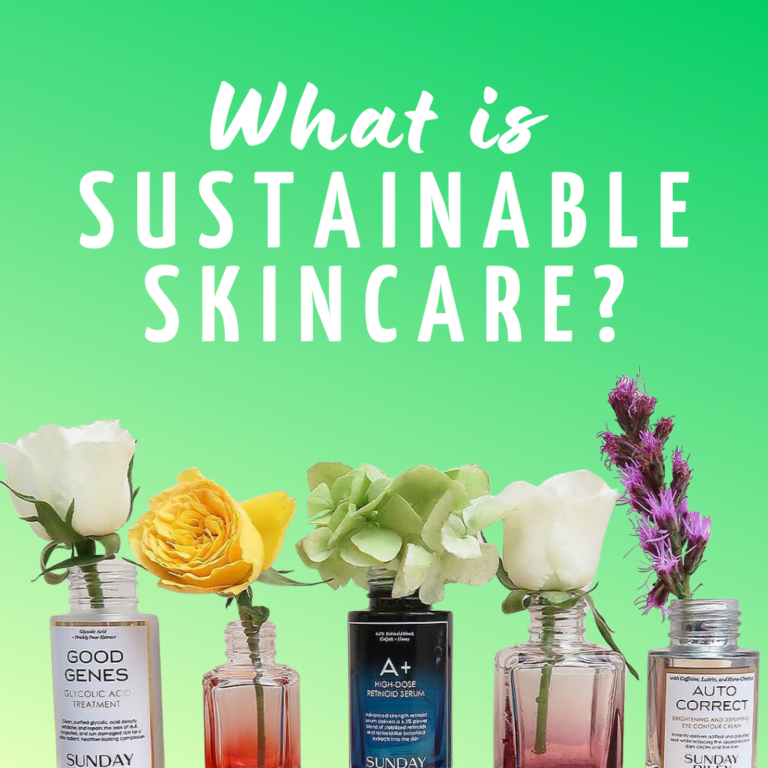



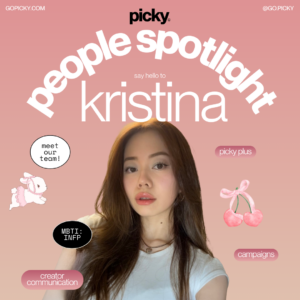






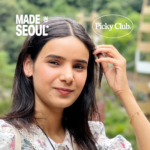
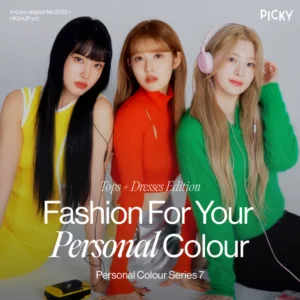


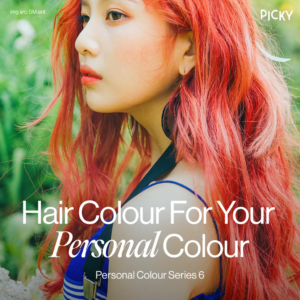
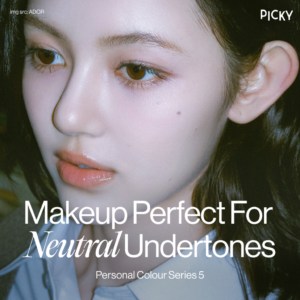


One Response
Thank you for the wonderful information!!